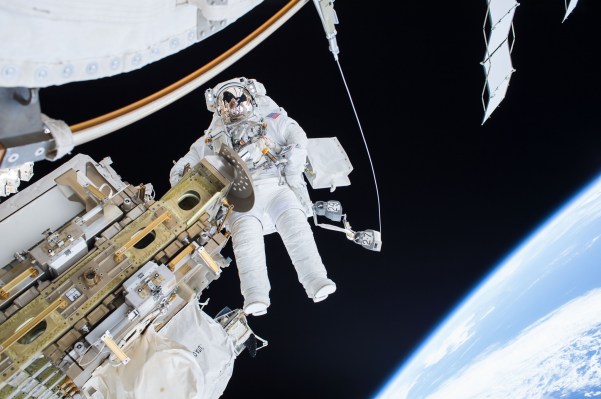Over 18,300 people have applied to join NASA’s latest astronaut class, breaking the previous record of 8,000 submissions set in 1978. This year’s turnout was also nearly 3 times higher than NASA’s last call for applications in 2012.
Each of these hopefuls is competing to be in the newest class of 14 astronauts who will ultimately fly on one of NASA’s next spacecraft. And while that small number may be intimidating, basic qualifications to become an astronaut candidate aren’t as preventive as one may think.
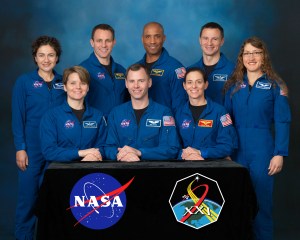
NASA’s 2013 Astronaut Class / Image courtesy of NASA
There are no age requirements, but you must be a U.S. citizen and have a degree in a Science, Technology, Engineering or Mathematics (STEM) field. In addition to a STEM degree, you’ll need to complete 3 years of related work experience. If you’d prefer more school instead, higher degrees can be substituted for work experience: Master’s degrees count as 1 year and doctoral degrees are equivalent to 3 years.
Or if flying is your thing, pilots can forego the 3 years of work experience altogether if they have over 1,000 hours of pilot-in-command time in jet aircraft.
You can be as short as 4’8’’ or as tall as 6’3’’ and you must be able to pass a basic flight qualification physical. Nearly perfect vision is required but, as of 2007, corrective surgical procedures like LASIK are allowed.
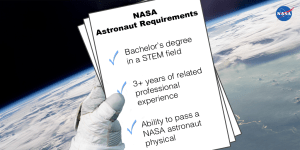
Image courtesy of NASA
These requirements have more or less been the same for the last few rounds of applications, so why the record number of submissions this year?
With more people connected online than ever before, it’s possible that a higher number of people were made aware of this particular round.
It’s also important to consider that there’s not a high barrier to apply since you don’t actually have to meet the eligibility requirements to submit a basic application. Many of the 18,300 submissions will immediately be discarded for not meeting eligibility requirements.
Perhaps more importantly, however, there has been a clear rise in popularity of STEM and space exploration in general among the public in recent years.
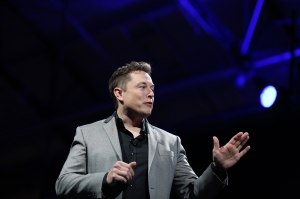
Elon Musk, CEO of SpaceX / Image courtesy of Getty Images
The National Science Foundation reported that the number of bachelor degrees awarded in engineering and natural sciences (degrees that make one eligible to be an astronaut) grew steadily from 241,000 in 2000 to 355,000 in 2012.
The recent call for applications may have greatly benefited from this rise, since many of those recent graduates (during years with the most STEM degrees) weren’t yet eligible for NASA’s 2012 application round.
Visibility of NASA and space exploration has also seemed to increase in popularity in recent years. Thanks to highly visible companies like SpaceX, Blue Origin and Virgin Galactic, the average person is much more aware of what’s happening in the space industry.
NASA’s also made a more concerted effort of publicizing their missions. Social media influencers are frequently invited to cover launches at private NASA media events. The agency also has one of the most followed accounts on Twitter with nearly 15 million followers worldwide.
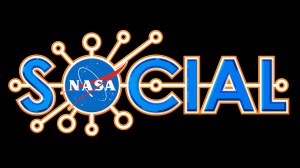
Image courtesy of NASA
Hollywood especially has helped make space exploration entertaining and accessible. Blockbuster movies like Interstellar, Gravity, and The Martian have all been released since NASA’s 2012 call for astronaut applications.
These factors all likely contributed to the historically high number of citizens who applied to achieve their childhood dream of traveling into space. But for the lucky few who are ultimately selected, where are they going to go and when will it happen?
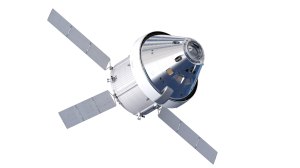
NASA’s Orion spacecraft / Image courtesy of NASA
Brandi Dean from the Public Affairs office at NASA’s Johnson Space Center told TechCrunch that the next astronaut class will have a chance to fly on one of 3 vehicles: SpaceX’s Crew Dragon, Boeing’s CST-100 Starliner, or NASA’s Orion capsule.
Dragon or CST-100 would be used to take astronauts on missions to the International Space Station, while Orion would involve a deep space mission to an asteroid, the moon, or Mars.
Getting selected to fly on a NASA mission, however, takes several years. First, there’s a couple of years of astronaut candidate training, followed by potentially several more years of waiting to get selected to fly. Unfortunately, some astronauts never get selected to fly on a mission.
Dean said that one astronaut in the 2009 astronaut class flew as early as 2013, but many in that same class have yet to be selected to fly.
“Astronaut candidate training lasts for about 2 years. At the end of the process the candidates are considered to be astronauts and are eligible to be assigned to a mission. In the meantime they’re given technical duties within the astronaut office. Once they’re assigned to a mission, they will go through another round of training on their specific assignment.” – Brandi Dean, NASA Public Affairs
For their service, whether in space or on the ground, astronauts get paid a government salary that can range from $66,000 to $144,500 per year, depending on their academic achievements and experience.
Between now and September, the 18,300 applicants will be reviewed by a NASA panel and narrowed down to 400-600 “Highly Qualified” candidates. Dean said that astronauts with flight experience would be highly involved in that selection process.
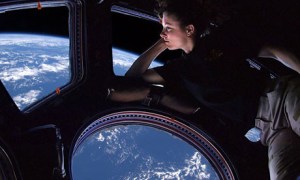
Astronaut Cady Coleman looking out window of the International Space Station / Image courtesy of NASA
Highly Qualified applications will then be narrowed down to 120 people who will be interviewed at NASA’s Johnson Space Center. Interviews will take place between February and April of 2017 and will be conducted by the Astronaut Selection Board, which is made up primarily of experienced astronauts.
By May 2017, finalists are determined and by June NASA will officially announce the newest Astronaut class to the public.
With more applicants than they’ve ever received, NASA’s astronaut selection committee has their work cut out for them. In August of 2017, 14 of those 18,300 candidates will start their astronaut candidate training and begin their journey of – hopefully – ending up on a NASA mission into space.
